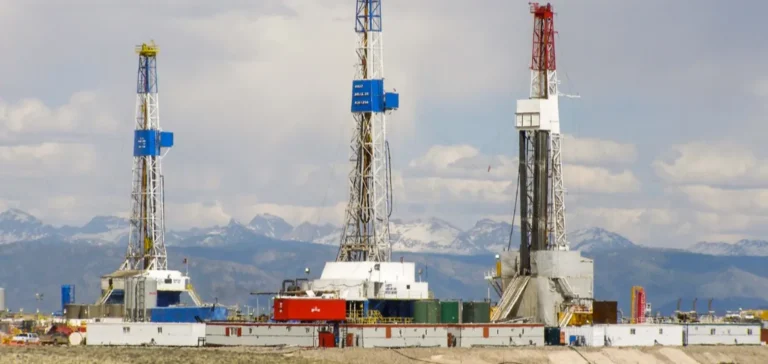The global oilfield service equipment market continues to expand, fuelled by increasing energy consumption and intensified exploration and production activities. According to recent forecasts, the market is expected to reach USD36.87bn by 2031, registering a compound annual growth rate (CAGR) of 5.39%. This growth reflects rising demand for sophisticated equipment used in upstream operations such as drilling, well completion, production, and maintenance.
Digitisation and innovation in equipment
The introduction of digital technologies is rapidly reshaping operational standards in oilfields. The integration of connected sensors, artificial intelligence, predictive maintenance, and automated systems improves well productivity while reducing downtime. This transformation is particularly evident in the emergence of smart equipment capable of real-time monitoring and the adoption of advanced fracturing tools and pumps.
Companies such as Welltec and Hunting have recently invested in innovative solutions. In December 2024, Welltec acquired a stake in Pipesnake AS to strengthen its capabilities in extended-reach coiled tubing operations. In May 2025, Hunting announced an exclusive agreement with Arkane Technology Ltd to distribute an autonomous tubing cutter, offering an alternative to traditional explosive-based systems.
Pressure from global energy demand
According to the International Energy Agency (IEA), global energy demand rose by 2.2% in 2024, exceeding the average annual growth rate of 1.3% recorded between 2013 and 2023. This trend is largely driven by economic recovery, industrial expansion, and urbanisation across several emerging countries. Despite increasing diversification in energy sources, oil and gas remain central to the global energy mix.
As a result, operators are seeking technologies that maximise field productivity while complying with stringent safety standards. In this context, demand is growing for well completion tools, directional drilling equipment, and pressure control systems.
Regulatory reforms and investment incentives
Several governments are adjusting their legal frameworks to attract foreign investment in hydrocarbon exploration and production. India exemplifies this trend, having adopted a key amendment to the Oilfields (Regulation and Development) Act in late 2024. This reform separates petroleum operations from mining activities, streamlining regulatory processes and enhancing the country’s appeal to international investors.
Similar reforms are taking place across Africa, Latin America, and Southeast Asia. These regions are updating their frameworks to attract capital and technology for hydrocarbon extraction. As a result, demand is expected to rise for advanced oilfield service equipment such as horizontal drilling systems, offshore rigs, and digital oilfield platforms.
Regional outlook and market segmentation
In 2024, North America led the market in terms of revenue, followed by Asia Pacific and the Middle East. Asia Pacific is projected to register the highest growth rate through 2031. The market is segmented by location (onshore and offshore), solution (equipment or services), and equipment type (perforating or well completion), with well completion dominating in 2024.
Strategic partnerships, technological innovation, and continued global demand are expected to shape the market’s evolution in the coming years.






















